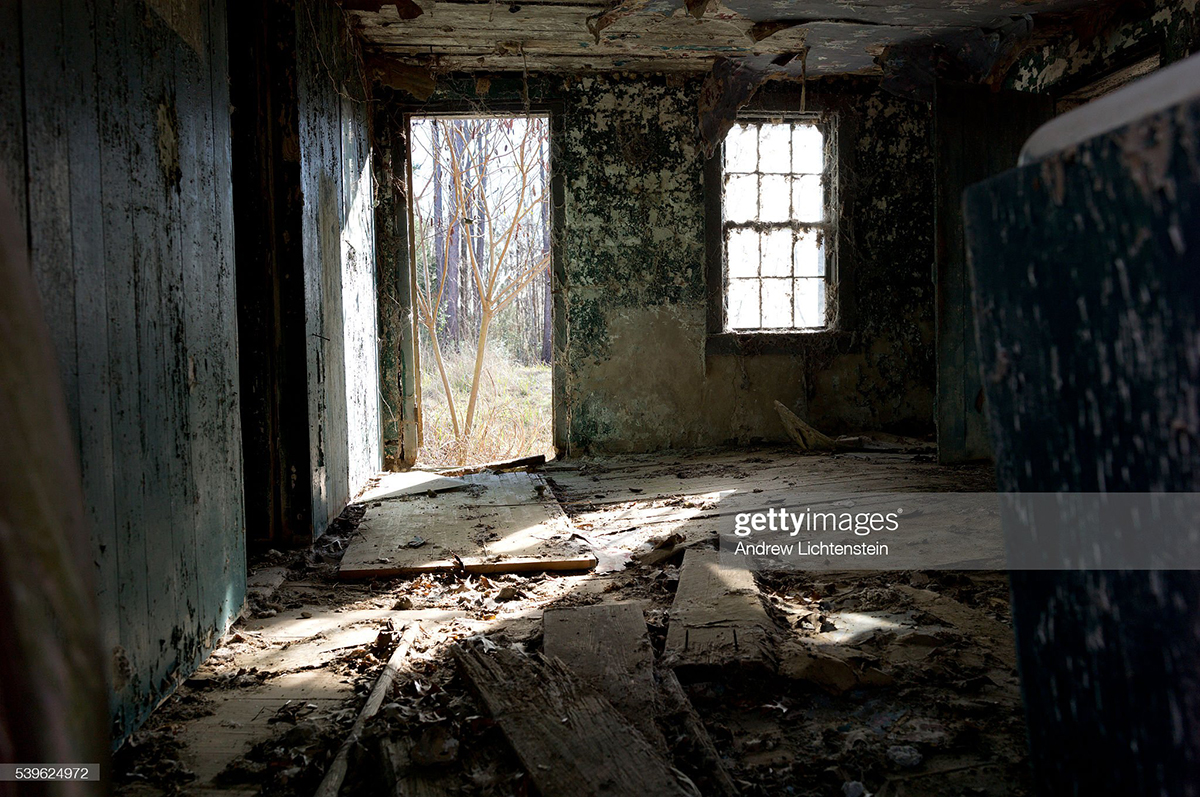Compiled By NAN Staff Writer
News Americas, NEW YORK, NY, Thurs. June 30, 2022: One third to one half of the Carolinas’ early enslaved laborers in the 17th century were slaves from the English West Indies, particularly Barbados, rather than directly from Africa.
In exchange for enslaved Africans, sugar, and other commodities, Carolina settlers shipped lumber, pipe staves, pitch, tar, resin, beef, pork, corn, peas, and enslaved American Indians to Barbados and other West Indian colonies such as Jamaica.
This trade connection launched Carolina’s early economy before the growth of rice agriculture, and continued until the Revolutionary War severed U.S. ties with other English colonies. These early trade connections were so significant that historian Peter Wood described Carolina as a “colony of a colony” of Barbados.
In 1691, Carolina leaders established a slave code modeled almost verbatim after laws passed by the Barbadian assembly between 1661 and 1688. Though such laws in practice were often flexible or ignored in early colonial contexts, this code served to legally define enslaved Africans as chattel property in Carolina. They were the most draconian statutes for enforcing slavery in the North American colonies.
Through ongoing trade relationships with the West Indies, white and black Carolinians also shared information and ideas, including news about slave rebellions that occurred on various Caribbean islands throughout the eighteenth century. For whites in Carolina, this further encouraged fears about maintaining the safety of whites in a black majority colony, and led to increasingly strict and violently enforced laws for Africans and African Americans in Carolina and beyond. For enslaved Africans in Carolina, news of rebellions and black resistance inspired hope for freedom, as well as concerns about white retaliation.










